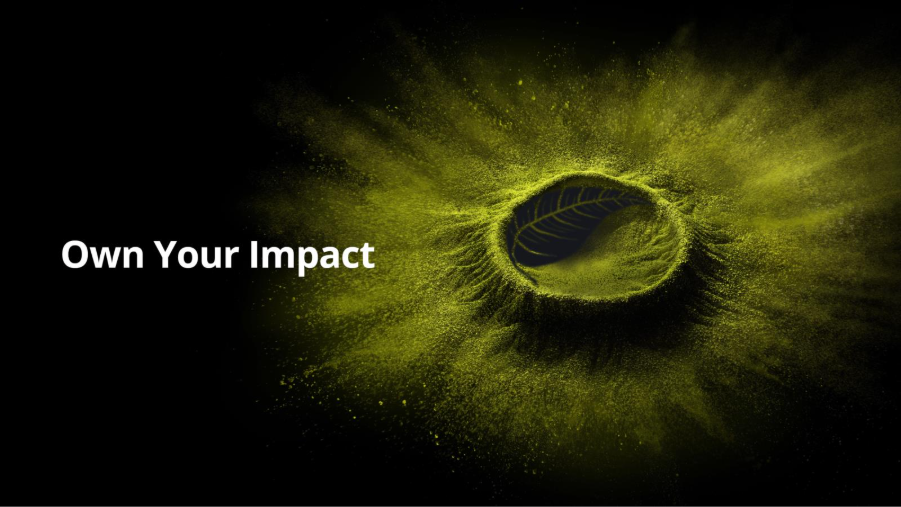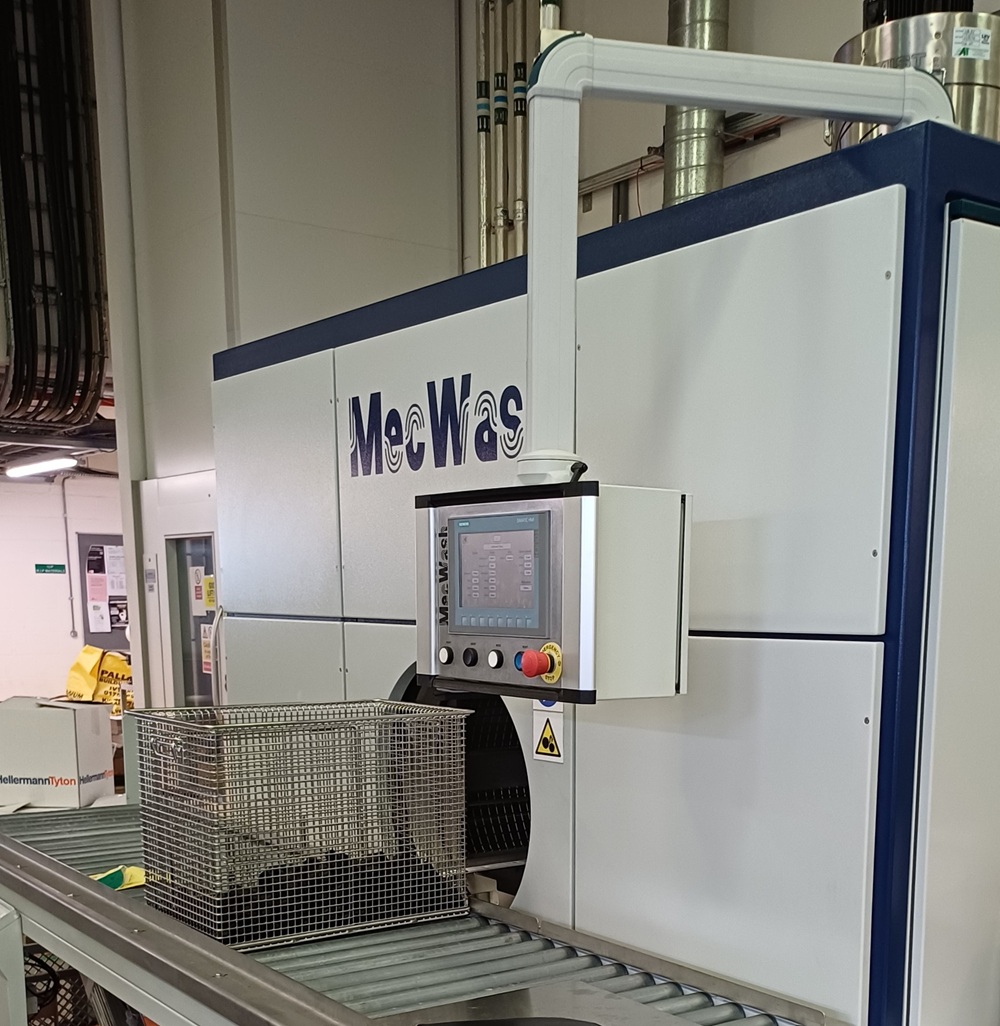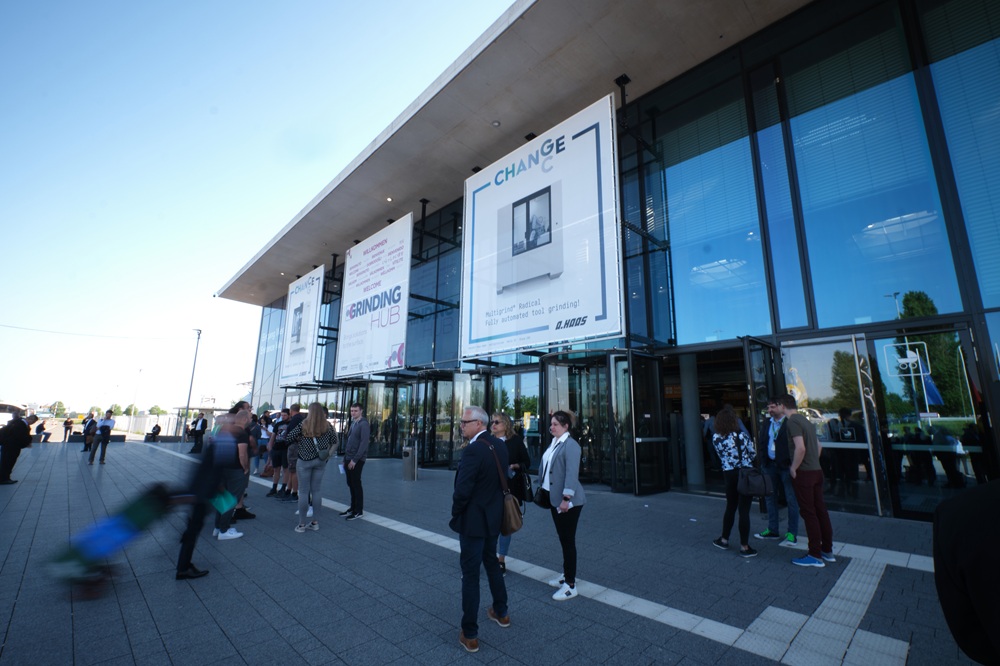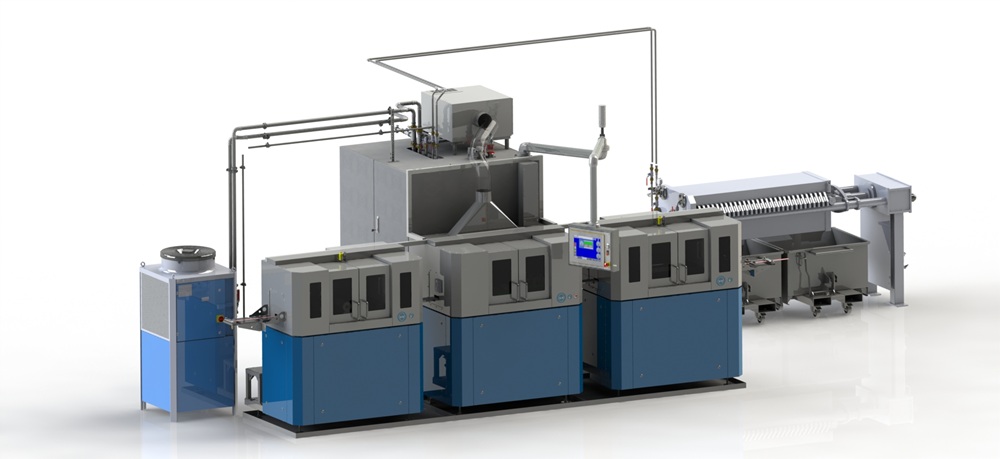Interpon, AkzoNobel’s powder coatings brand, says it is redefining the role of sustainability in powder coatings applications and inviting manufacturers and designers to ‘Own Your Impact’ – a new, holistic approach that turns sustainability into a catalyst for performance, innovation and measurable results.
Through ‘Own Your Impact’, Interpon helps businesses embed sustainability across their operations and translate environmental ambition into competitive and economical advantage, reflecting its value-driven sustainability belief that performance and purpose go hand in hand.
It is a call to action, encouraging customers to take control of the areas where sustainability can make the greatest difference to their business. It moves beyond narrow sustainability claims to demonstrate how connected actions, from improving coatings and production lines to reducing waste and emissions, can deliver tangible results across an entire operation.
Working in close partnership with its customers, Interpon provides the products, tools and expertise to bring these improvements to life, helping businesses operate more efficiently, innovate faster and achieve stronger performance with lower environmental impact.
Jorrit van Rijn, marketing director at AkzoNobel Powder Coatings, says that ‘Own Your Impact’ reflects a results-driven approach to sustainability that connects performance and purpose: “Our goal is to make sustainability work for our customers, not as a separate initiative, but as an integral part of how they run and grow their business. With ‘Own Your Impact’, we help them identify where sustainability creates the greatest value, whether that’s improving line efficiency, reducing energy use, extending product life, or validating progress through data and audits.
“It’s a complete approach that connects innovation, performance and measurable results. By supporting customers at every stage, we help turn sustainability into better productivity, lower costs, and stronger competitive advantage.”
More information www.interpon.com


















